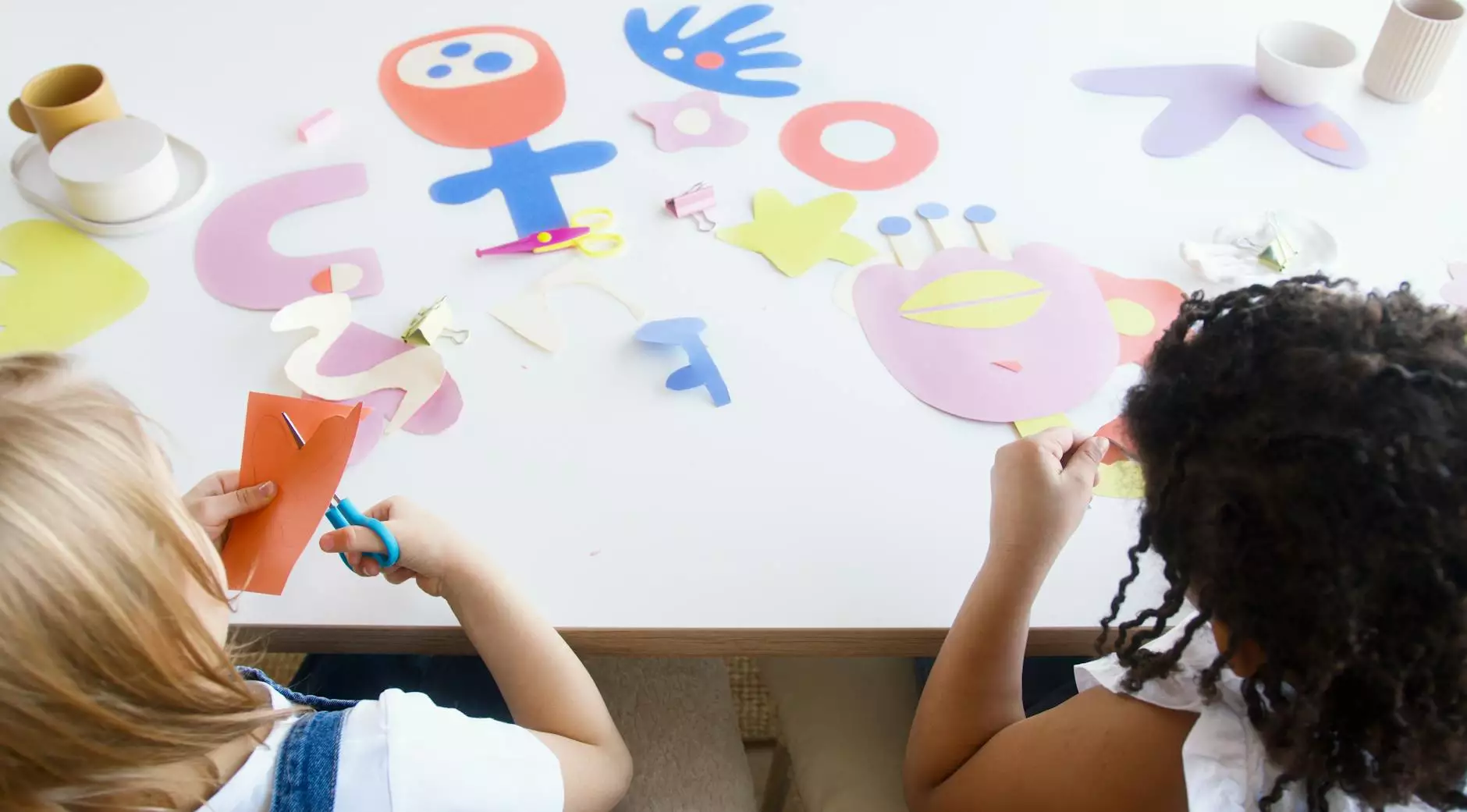The Chunking Method: Teaching Language Learners how to Paraphrase
Blog
Introduction
At Los Angeles Spanish School, we understand the significance of effective language learning techniques. One such approach that has proven to be highly successful is the Chunking Method. In this blog post, we will delve into the concept of chunking and its application in teaching language learners how to paraphrase. Through our comprehensive approach, we aim to equip learners with the tools necessary to excel in their language acquisition journey.
What is the Chunking Method?
The Chunking Method is a linguistic strategy that involves breaking down complex language structures into smaller, more manageable chunks. It enables learners to understand and memorize language patterns, which in turn enhances their ability to paraphrase effectively. By dividing lengthy sentences or paragraphs into smaller sections, learners can focus on understanding the meaning of each chunk separately before reconstructing the entire passage.
Benefits of the Chunking Method
Implementing the Chunking Method offers several advantages for language learners:
- Improved Comprehension: By dissecting the language into smaller parts, learners can grasp the meaning of each chunk more easily, leading to enhanced overall comprehension.
- Enhanced Retention: The Chunking Method aids memory retention by enabling learners to memorize language patterns in smaller segments, making it easier for them to recall and utilize what they have learned.
- Promotes Paraphrasing: By focusing on smaller chunks and understanding their individual meanings, learners develop the skills necessary to paraphrase effectively, enabling them to express ideas in their own words.
- Encourages Fluency: As learners master the art of chunking and paraphrasing, they naturally enhance their fluency in the target language. The ability to rephrase complex sentences or passages improves communication skills and boosts confidence.
Applying the Chunking Method
When incorporating the Chunking Method into language learning, it is important to follow a structured approach. The following steps outline an effective method for teaching learners how to paraphrase:
Step 1: Identify Key Words
The first step is to identify and highlight the key words or phrases within a sentence or passage. These serve as the building blocks for chunking.
Step 2: Chunking
Once the key words have been identified, learners should break down the passage into meaningful chunks based on these keywords. Each chunk should create a logical and coherent segment of the original text.
Step 3: Understanding Meaning
Encourage learners to focus on understanding the meaning of each chunk individually. This step allows them to comprehend the overall message while still processing the language in smaller, manageable parts.
Step 4: Reconstruct the Passage
After understanding the meaning of each chunk, learners can then reconstruct the entire passage by combining the chunks in a coherent manner. This step involves utilizing their own words to paraphrase or summarize the original content.
Practical Examples
Let's explore a practical example of how the Chunking Method can be applied in real-life language learning:
Original Sentence:
"The history of Spanish colonization in South America greatly influenced the region's culture, language, and social dynamics."
Chunked Version:
- "The history of Spanish colonization"
- "in South America"
- "greatly influenced"
- "the region's culture"
- "language"
- "and social dynamics"
Paraphrased Version:
"South America's culture, language, and social dynamics were significantly shaped by the historical impact of Spanish colonization."
Conclusion
The Chunking Method is a powerful tool that empowers language learners to develop their paraphrasing skills and enhance their overall language fluency. At Los Angeles Spanish School, we recognize the value of incorporating this method into our teaching approach, as it enables learners to break down complex language structures and comprehend them efficiently. By mastering the Chunking Method, our students gain the confidence and ability to express themselves accurately and confidently in their target language.




